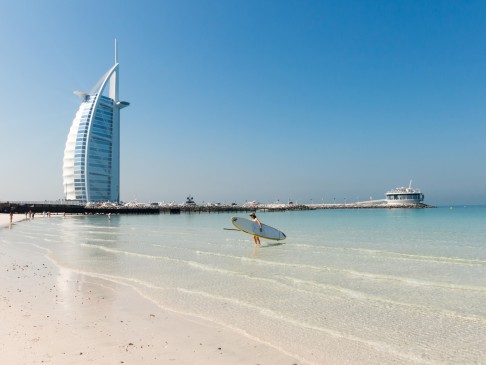
How to find the quiet spaces in noisy places
All over the world, urban life is a symphony of taxing, draining, exhausting sounds. But there is peace to be had, if you know where to look. Jenna Marotta seeks out some silence


For New Yorkers, it’s the din of traffic and construction. In Yangon, the torrential beating of heavy rains competes with calls to prayer and the howls of stray dogs. And in both Beirut and Shanghai, high-decibel fireworks punctuate the bedlam of blaring horns and jackhammers. All over the world, urban life is a symphony of taxing, draining, exhausting sounds. That sonic fury isn’t just an annoyance; it can be bad for you. Scientists have linked noise pollution to, in the words of one study, “elevated blood pressure, loss of sleep, increased heart rate, cardiovascular constriction, laboured breathing and changes in brain chemistry”.
Noise-cancelling headphones and double-glazed windows can provide a bit of respite. So can the city’s secret sanctuaries, those pockets where ever so occasionally the clamour subsides. Even in the world’s most turbulent turfs, a relaxing getaway isn’t too far off, whether it’s a quiet café tucked between tourist hot spots, a Shinto shrine in downtown Tokyo, or a basement museum in Shanghai.
Paddleboarding in Dubai
“You’re always in earshot of construction noise and traffic here. Even in the most secluded bits, there’s some building noise and banging. One of the things that made me fall in love with this city is stand-up paddleboarding. It’s so good. There are no waves – the ocean’s flat – and it’s crystal-clear water. And you can get paddleboards and go out around the Burj Al Arab, the 'seven-star hotel' on a man-made island. The beach there is quite busy, it’s hard to find a car park, and [there are] a lot of people sunbathing and swimming. But then, 15 metres offshore, there’s no one, and the sound starts to slowly disappear. When you get 30 or 40 metres away from the shore, it’s just – all you can hear is the water lapping at the board, and the amazing Dubai skyline from the ocean is just breathtaking.” Caitlyn Davey, journalist
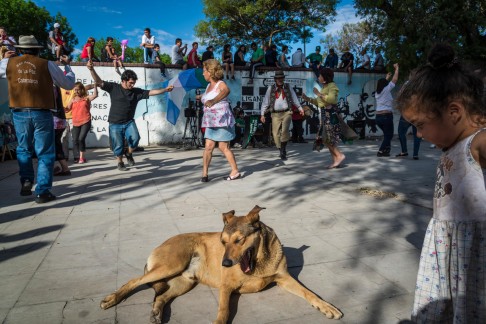
Sunday morning in Buenos Aires
“The part that feels most crazy is downtown. All the drivers honk constantly. But Sunday, basically everything shuts down. Nothing is open except maybe one pharmacy per neighbourhood and, occasionally, a small supermarket. People tend to not do anything on Sundays either. It’s really a day of rest. And because people stay out so late here, if you get up early on Sunday, you basically have the entire city to yourself. There’s no traffic, there’s no people on the streets, except maybe somebody walking the dogs.” Elena Morin, English-literature graduate student
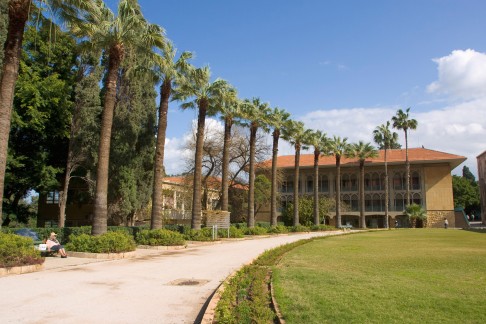
Picnicking at a university in Beirut
“They like to shoot in the air here. We have this Hezbollah guy, the leader, who, every time he talks, his supporters start firing shots in the air. We visit, on occasion, quite the oasis in the middle of Beirut’s madness: the American University of Beirut. Our favourite spot is the ‘green oval’ located in the upper campus, where visitors hang out.” Phil Saade, agriculture consultant
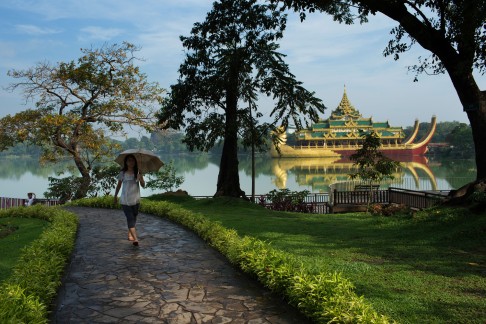
Secret city lakes in Yangon, Hanoi and Staten Island
1 A hidden park in Yangon, Myanmar: “As the sun sets, stray dogs take over the roads. You can hear them howling and fighting all night. A lot of the noise comes from places of worship. The monks usually start chanting at the pagodas at around 6am. Then there’s a huge rainy season, and it’s incessant, torrential. Kandawgyi Lake, a bit north of downtown, has a really nice boardwalk and fountains. Around sunset the lake catches some beautiful colours, and there are no stray dogs on the boardwalk, which is a big bonus.” – Bridget Di Certo, lawyer
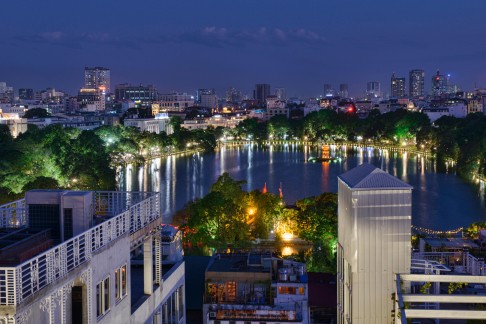
2 A rooftop café in Hanoi: “From 5am until 10pm, the streets are full of motorbikes and street vendors. Once you get out of the main streets, though, there are hundreds of tiny alleyways full of lovely little cafés where you go through a courtyard and through someone’s house, up about four or five flights of stairs, and you come out on a rooftop overlooking one of the lakes. Hanoi is full of lakes. There are a couple I go to. My favourite is Café Pho Co, which you access through a lane-way beside a souvenir shop.” Chiara Popplewell, diplomat
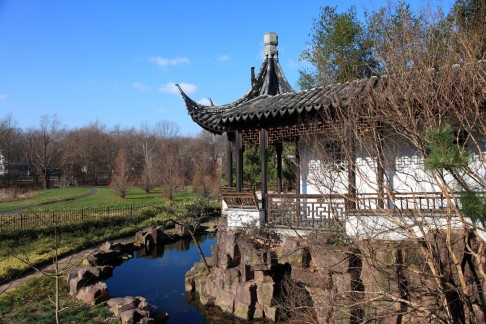
3 A Chinese garden in Staten Island: “The New York Chinese Scholar’s Garden is totally one of the magical, secret spots of New York city. It’s basically a traditional scholar’s garden imported directly from China. You feel completely transported to another time, another place. It’s built with high walls, little arched stone bridges, flowing water, miniature bamboo forests, lots of hidden nooks and crannies. The views are very carefully positioned so you feel like you’re looking out over some sort of distant Chinese forests.” N.D. Austin, underground-event producer
Secret museum cafés of Madrid
“You cannot go to a park here in search of quiet. There’s always a bunch of kids shouting or people playing the guitar. Spanish people tend to shout a lot, and we are – most of the time, if possible – on the streets. But there are two museums here, Fundación Mapfre and Fundación Juan March, that both have beautiful cafés on their top floors. They are not the most common museums for foreign people to visit. They have small exhibitions and free entry, but there’s usually almost nobody there. So they’re very nice places to go to relax, to be surrounded by art. Fundación Mapfre is part of an insurance company. And the Juan March tends to do exhibitions of German designers from the 30s or something like that. [Ironically, an upcoming exhibition is ‘Sound Art in Spain, 1961-2016’.]” Laura Flores, health consultant for an IT company
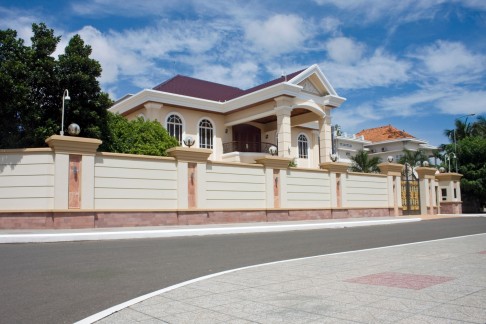
A suburban moped excursion in Phnom Penh
“On the outskirts of Phnom Penh, there are these suburbs known as boreys, but I would consider them more like satellite cities. In the rich neighbourhoods inside Phnom Penh, the mansions can be really gaudy. They have giant statues in front of them and coloured-glass windows; the whole ‘new Khmer’ architecture. But the satellite cities are more tasteful. I like to drive up to Borey Angkor Phnom Penh or Borey Peng Huoth on my motorbike. Because they’re built for rich people, the roads are bigger and wider, so you don’t have to contend with that much traffic. And the surface is good. There are no bumps or potholes, just smooth, paved roads, so you don’t have to concentrate too hard while you’re driving. You can drive for 30 minutes without really encountering a person. That’s the best part about it – they built these satellite cities where occupancy is not that high at all. You can avoid a lot of people.” Dene-Hern Chen, reporter
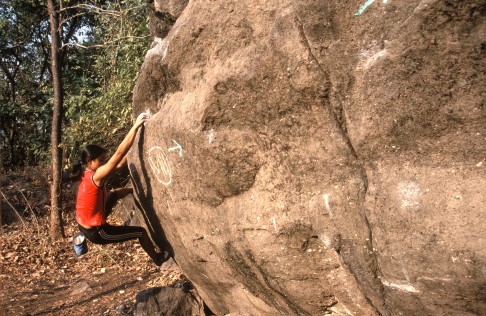
Rock climbing in Mumbai
"Every time there’s a festival, the traffic sort of stops. There are loudspeakers set up on the road, blaring religious songs. I like to go rock climbing to get away from it. On weekends, some of us go to this forested area called Belapur, where there are rocks and crags you can climb. When I’m in town, I go to the climbing gym. It’s inside the R. A. Podar College campus, and it’s sort of cut off from all the noise.” Rashmi Gupta, graphic designer
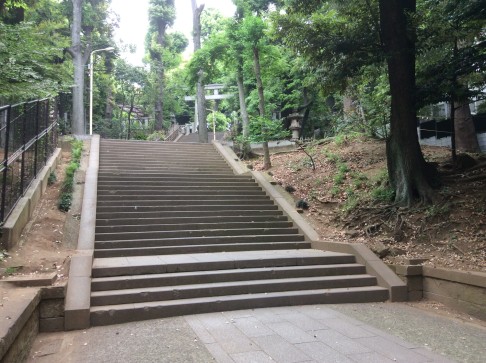
A Shinto shrine in Tokyo
“You hear a lot of advertising here. There are a lot of billboards with ad videos that have sounds, and there are also trucks with music – like sound logos – blasting out of them. I live right in the middle of Tokyo, in Shibuya, near the famous crossing from Lost in Translation. It’s super-intense with all the people, especially on the weekends. Sometimes it’s just overwhelming. There’s a shrine called Hikawa Jinja around the corner from my house. So if I want calm and quiet, I just go there. It’s a Shinto shrine, and it’s a pretty big space. It’s got a park next to it and trees, so you get to feel nature and stuff. And it’s got a stone-carpet thing, so it looks cool, too; it looks very traditional. I’m not religious at all, but sometimes when I just want to get out of the whole city scene, I go there and chill for a bit. There is personal space here; it’s just really hard to get if you’re walking in the city.” Miyuko Ashida, advertising executive assistant
A basement museum in Shanghai
“On the weekends, people set off fireworks. You get kind of used to it. It’s not scary, it’s more like, ‘Whoa, hello, Sunday morning, how’s it going?’ One of my favourite places is also the most quiet: this small museum called the Shanghai Propaganda Poster Art Centre. It’s this guy’s private collection of print memorabilia from the 1950s on. It’s in a low-ceilinged, fluorescent-lit basement that spans most of the floor of a residential high-rise in the former French Concession, not an actual museum building. It stands out as something genuine and inexhaustible. I usually spend most of the time in the gift shop, leafing through Mao-era cinema posters.” Melia Snodgrass, photographer and voice actor
New York magazine